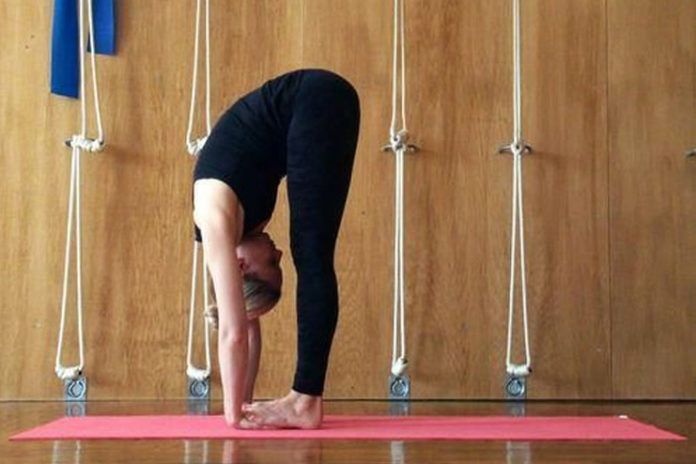Affiliate Disclaimer
Some links in this article are affiliate links. We may earn a small commission if you make a purchase through these links, at no extra cost to you. We only recommend products we find useful to our readersFlexing or stretching is one of the important things that one must make sure to do. When you stretch the muscles of your body are able to relax and make you feel better. You have a limited range of motion when your muscles are tight because of not being able to stretch and when there is a full range of flexibility you have more room and full motion.
Many people while practicing yoga and certain asanas are not able to do forward bends or not being able to touch their toes easily. They blame their hamstring muscles for it, but it may not be the only reason for the same.
As mentioned flexibility, range of motion, and a few other factors play an important role. In this article, we will discuss the reasons why you are not being able to touch your toes and what can be done to improve them. Keep reading to find out more!
Reasons Why You Are Not Being Able To Touch Your Toes
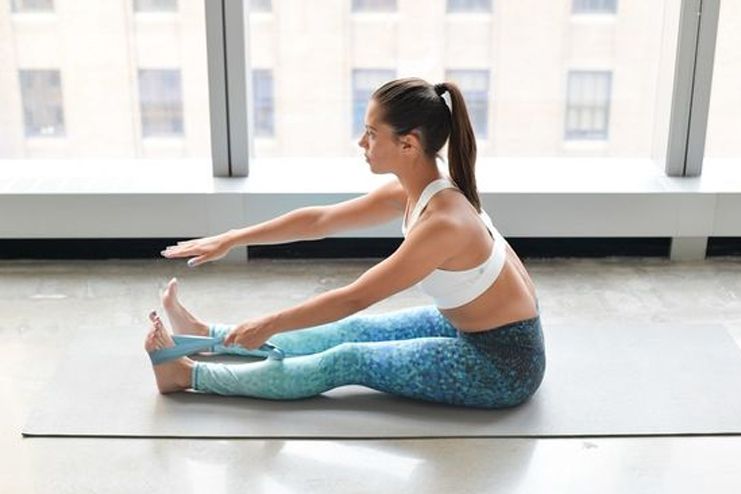

1. You’re not warmed up
If you have been sitting and working the whole day, just woke up, or spent all day in a car traveling, your body gets used to the rigidity that makes you feel like a steel girder. When your body is stretched or you often flex, you will notice that your muscles act like rubber bands; the more they are used, the more they are warmed up, and you will be able to stretch them further. That is why it is recommended for people to go through a warm-up before exercising.
2. Tight hamstrings
The first thing everyone does is blame their hamstring length for their limited forward bends but this is just one reason for it. You must know that your hamstring muscles sit within a long line of connective tissues, or fascia and other muscles that stretch down the back of the body from the head to the toes. When there is tightness in your muscles or lack of mobility in any part of the fascia, it will limit the range of forward bend or folds that your body has. Although you do not have to worry as this fascia mobilizes really well with yoga and as you practice your fingers will be able to peep towards your toes.
Also, read – What is Ballistic Stretching – Is It Dangerous?
3. Reduced hip flexion
A typical forward fold is combined up of hip flexion and lumbar spine flexion. So if your hips are limited to how far they can flex, then you may face struggle. Several things can help you to reduce hip flexion, some will improve with yoga but others won’t. If you experience pain or a pinching feeling in the hip joint while performing forward bends, your body is indicating that there is something in the way and please stop doing it. Although, stretching feelings around the hip are a good sign.
How do you know what is good pain and bad pain? Well, the sweet spot of a comfortable stretch is a good pain; if you notice pain that increases with the hold is a bad pain; and for those times when things are getting uncomfortable, it is time to take a break.
4. Tight lumbar extensors
For the lower back or lumbar spine, you need to stretch it in a forward fold. Too much lumbar flexion on the forward bend is a common mistake that many yogis do where the lower back is stretched too much to compensate for tight hamstrings.
Some people cannot flex their lumbar spine due to back issues and they often face difficulty in performing forward folds. Initially trying to flex gently in easy poses like Child’s Pose and other asanas will help you to build a range of movement and you will feel confident to move on to sitting forward folds and then later to standing ones.
5. You have too much body fat
If you’re performing a seated pose with straight knees and your belly is coming in between, then you need to create space to accommodate your body to perform well. If you are overweight and happen to have a big stomach then it can certainly make touching your toes more challenging. You could try moving the legs slightly apart and help your fingers inch closer so that you can touch your toes.
If you want to lose some weight, your diet is 90% you need to change when it comes to weight loss, focus on nutrition to begin losing weight so you can easily flex. This can contribute to making it easier to touch your toes. But if you’ve got curves, then a flattened forward fold may seem to be difficult for you.
6. Long legs and short arms
Our ancestry has granted us certain physical characteristics of a person and that plays an important role in shaping our bodies. Some of us are anatomically built so we can easily perform forward folds, but the same cannot be said about everyone, many people with long legs and short arms have to face the challenge.
Another option is getting bone extensions, which is too extreme. Hence, there is no getting around this. People with long legs and short torsos will face more challenges compared to people who have short legs and long torsos and arms.
Here’s What you Need to Do To Fix It:
1. Hip Flexor Release Stretch
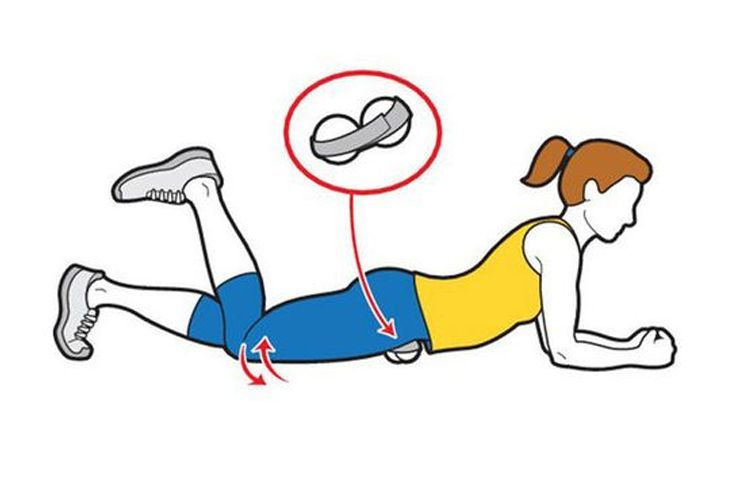

- You need to use two lacrosse balls combined together.
- Place the double lacrosse ball just below your hip bone while laying on your stomach.
- Put a limited amount of weight onto the lacrosse balls.
- Bend the knee on the side of the release back to a 90-degree angle.
- Swing your leg side to side in a gentle range of motion.
- Now repeat this in 30 seconds to two minutes intervals.
Also read – Best Yoga Poses For Thyroid Treatment
2. Vastus Lateralis Release Stretch
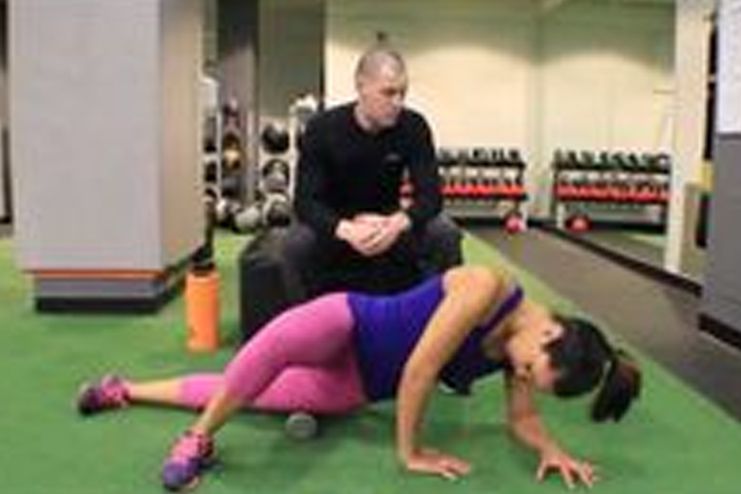

- Choose the side you wish to release your muscles and lay down.
- Place the foam roller under your bottom leg, which is halfway between your hip and knee.
- Move the roller from the top of the knee to the base of the hip.
- Slide your leg up and down along the foam roller, as you can tolerate trying to work over the more tender areas.
- To focus on a specific area, locate the most delicate area with the foam roller and stop.
- Bend your knee at a 90-degree angle, and straighten it.
- Repeat the motion of bending and straightening the knee for 10-15 seconds.
- Repeat in 30-second intervals for two minutes.
3. Foam Roller Mobilization for S I joint
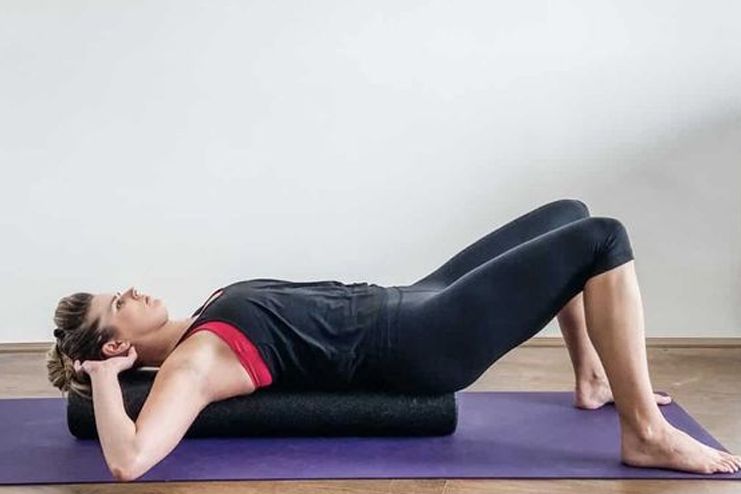

- Start by laying on one end of the foam roller so that the tip of the foam roller is flush with again sacrum.
- Raise both legs while keeping your knees straight, and make sure the sacrum is flush against the foam roller throughout the activity.
- Keep your arms at the side in order to keep your balance on the foam roller
- Repeat the same
4. Stretch for Ilium Posterior Rotation Mobilizations
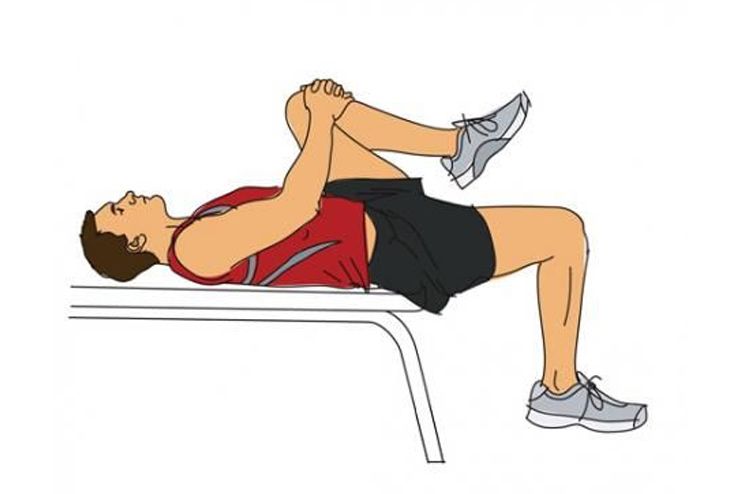

- Lie on your side on the floor or a table with your knees and hips bent comfortably.
- With your hand, locate the bony prominence and apply constant pressure down and away from you.
- While maintaining the pressure, raise your hip in direction of your head and extend it back to your feet.
- Repeat 10-20times and then switch to the other side.
5. Inner Thigh Squats
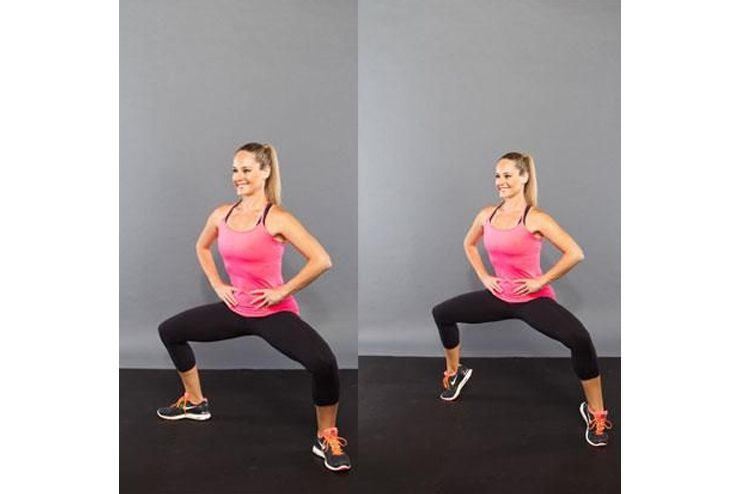

- Place your feet apart of your shoulder-width with your toes pointed out at a 45-degree angle.
- Weight should be placed through your heels.
- As you begin to squat, bring your hips down like how you squat
- While squatting, try to move your knees out.
- Go as low as you can, and later push your back up through and repeat.
- Repeat exercise with weight through the balls of your feet.
Also, read – 10 Minute Morning Yoga – Kickstart Your Day
6. Transverse Abdominus Activation
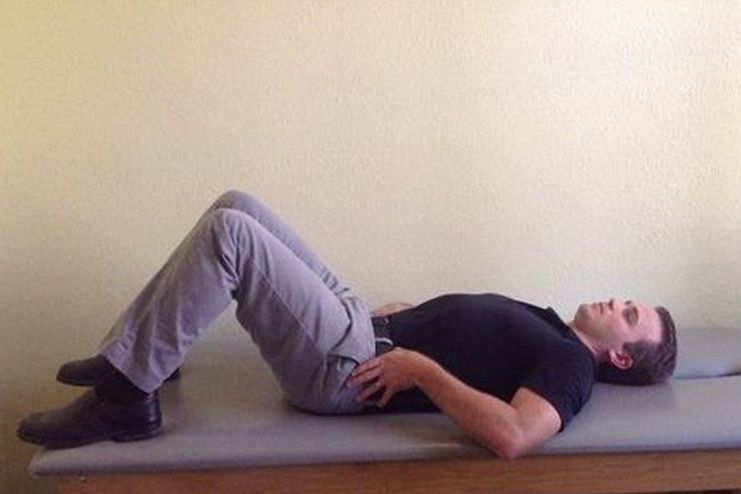

- Lay flat on your stomach and keep your elbow parallel below your shoulder.
- Engage your abdominals by lifting your hips to enter a plank position.
- Tuck your pelvis under and vacuum your belly slightly.
- Squeeze your shoulders and back down, tuck your chin, and squeeze your glutes.
- Ideally, you will have a straight line from the back of your head to your sacrum.
- Now focus on your stance and you should feel your deepest abdominals engage.
7. Seated Straddle
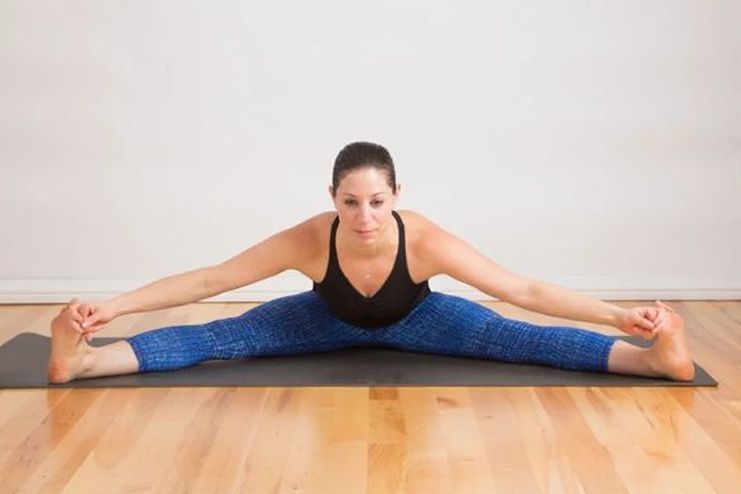

- Sit down on the floor in a “V” position with both legs straightened out in a straddle position.
- Inhale and while exhaling, slowly fold forward as far as you can with a flat back.
- Pointing keep your toes and knees straight up.
- Try to avoid hunching and keep your spine long.
- Reach your hands out in front of you. As you are able to, work on reaching your hands out further and keep your chest low towards the floor.
Some of the Benefits of Stretching
Improves posture
Regular stretching may benefit you if you want to stop slouching so much. Stretching helps to improve muscle imbalances, which in turn might help to improve your posture. Continuous working with no physical activity can ruin your posture so doing these stretches can actually help you feel better too.
Increase range of motion
If you can move a joint through its full range of motion, you can have a lot of momentum and muscle release. One of the best ways to become more flexible is to stretch. Stretching is also good for your body if you have areas that seem you attract physical pain or muscle injuries. Yoga is needed for you.
Alleviate back pain
If you suffer from back pain, stretching daily might be something that can help you easily. When the muscles in your back are tight, it restricts your range of motion, which causes pain. Stretching can benefit you as it helps to loosen up the area, plus strengthen the muscle. This might also help to prevent injuries in the future.
Also, read – 6 Reasons Why You Can’t sit Cross-Legged – Which is bad
Conclusion
Not being able to touch your toes can be an issue for many of you. The best way is by stretching and helping all your muscles to relax and loosen up so your body can become flexible and you can easily be able to touch your toes. When the muscles in your body are rigid due to certain reasons you may not be able to perform.
Hope this post has helped you to understand the causes of not being able to touch your toes and the benefits of stretching. Thank you for reading.



























